Guide to Choosing Natural Bristles: Quality, Price, and Performance
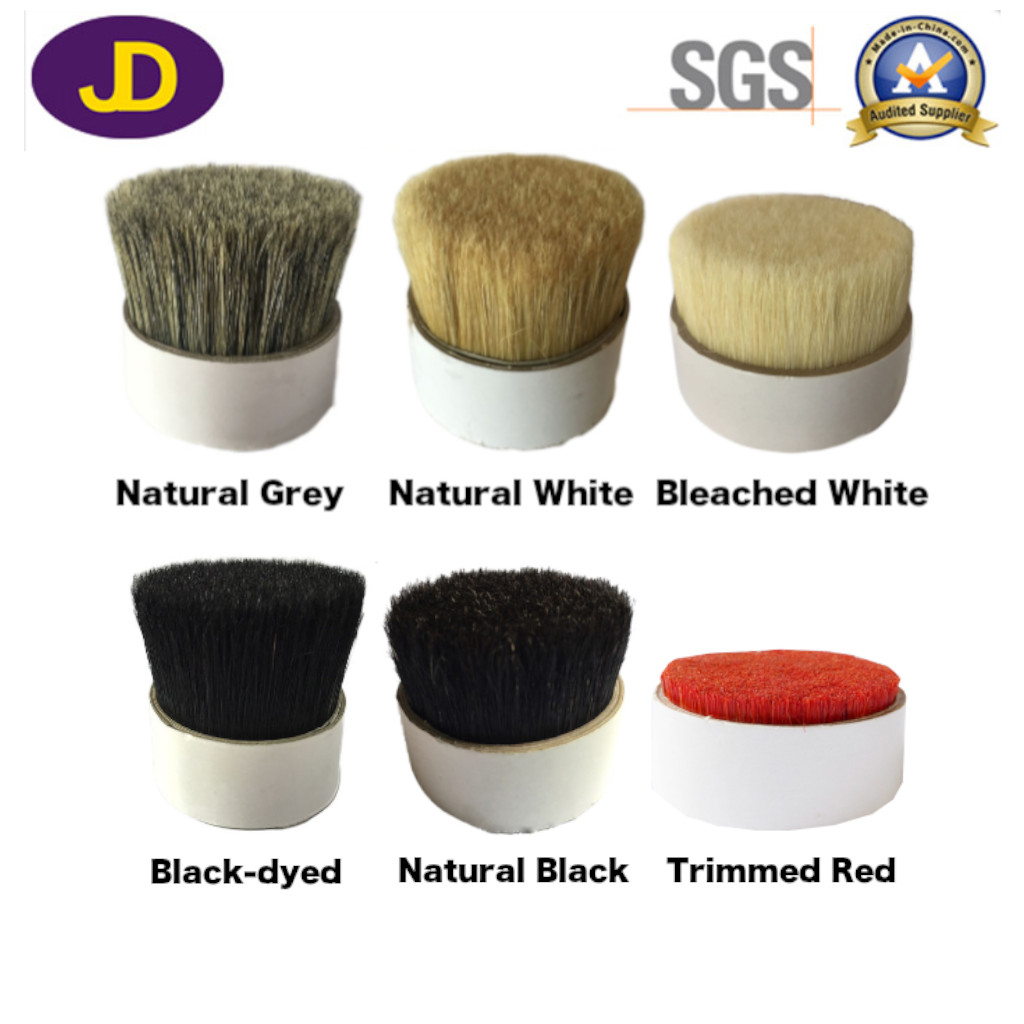
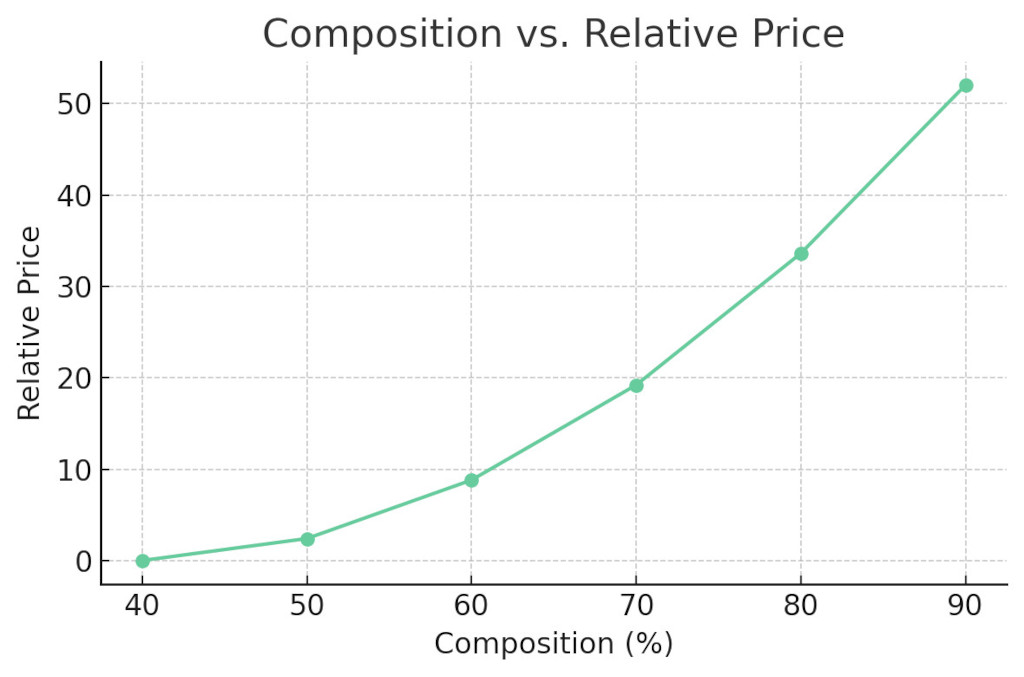
Tops (Composition) - 40% to 90% tops. The higher the composition, the fewer short hairs there are. A higher composition means more paint holding capacity. A composition of 70% is considered optimal for paint release, and as the composition increases, so does the price.
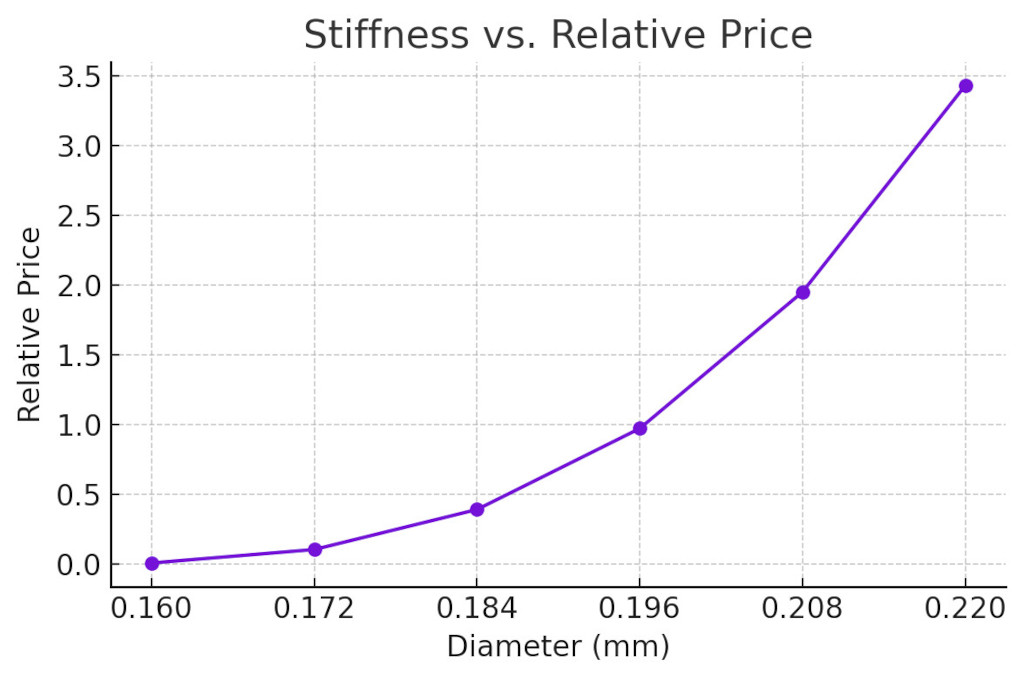
2. Stiffness - A reference value is that bristles with a diameter of 0.20mm or above are considered relatively stiff, suitable for hair combs, walnut brushes, and antique brushes. The general stiffness is at a diameter of 0.16mm. Stiffer bristles typically come from older sows, and the stiffer it is, the higher the price.
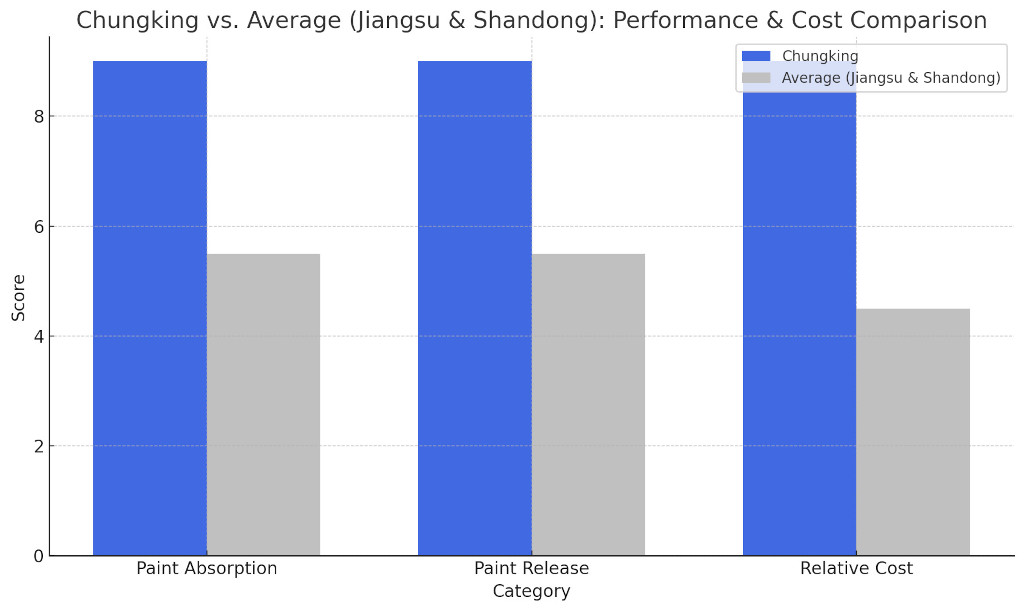
3. Chungking bristles, generally produced in Yunnan, Guizhou, and Sichuan, are known for their split ends. Due to the significant temperature differences in the mountains, the bristles are denser and have better split ends, which improves paint absorption and even release compared to bristles from Jiangsu and Shandong. Consequently, the raw material cost is higher.
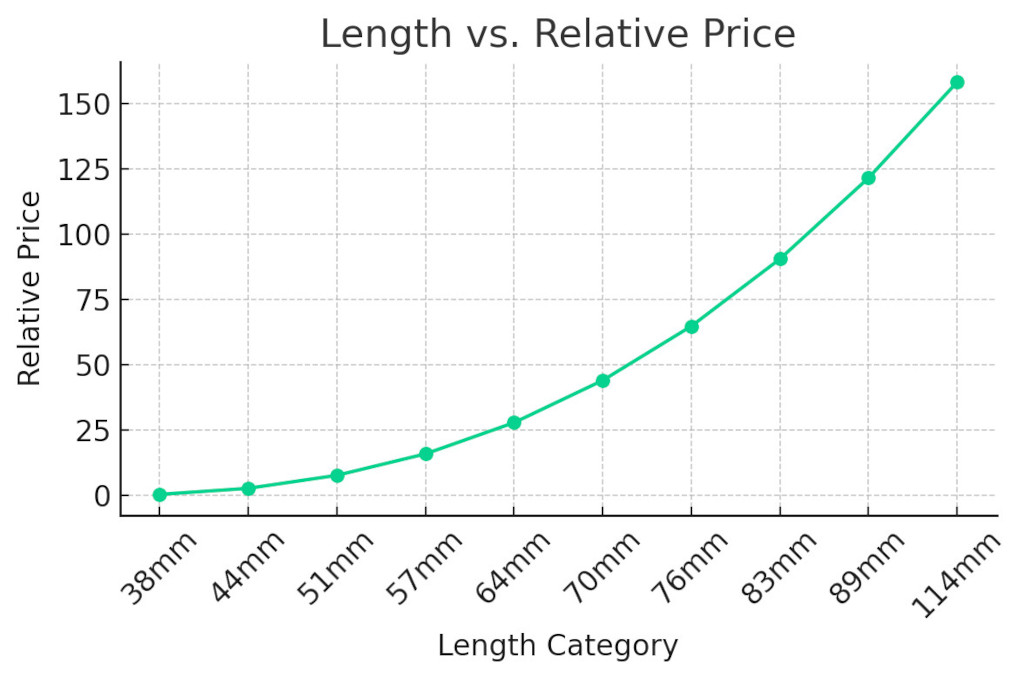
4. Lengths range from 38mm to 114mm. Common purchase sizes include 44mm, 51mm, 57mm, 64mm, 70mm, 76mm, 83mm, and 89mm. With equal composition and color, the longer the bristle, the higher the price. Sizes from 44mm to 89mm are typically used for paintbrushes, industrial brushes, and broom brushes. The 38mm size is generally used for oil painting brushes, while 32mm and 35mm are for hair combs (as longer bristles are needed for cutting, making these types pricier).
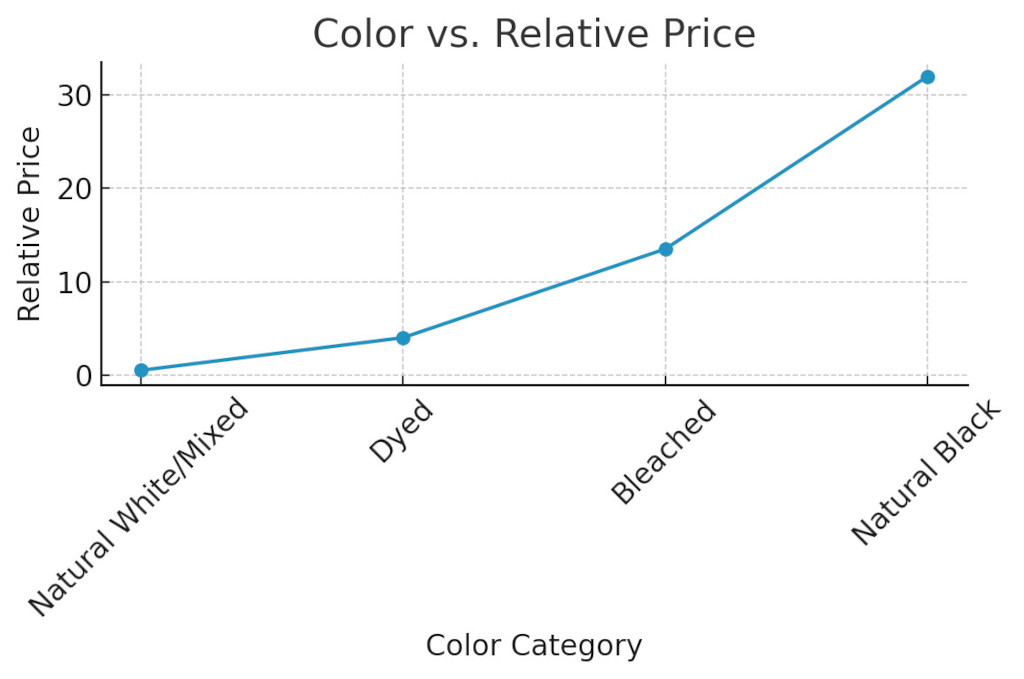
5. Bristle colors include: natural white, natural black, natural grey, dyed black, bleached (with red, yellow, green, blue typically used for hair combs). Bleaching is generally used for oil painting brushes and mustache brushes. Natural black bristles are generally stiffer than other colors, making their price higher, followed by bleached ones. Dyed bristles come next in pricing, with natural white and grey colors being the least expensive.
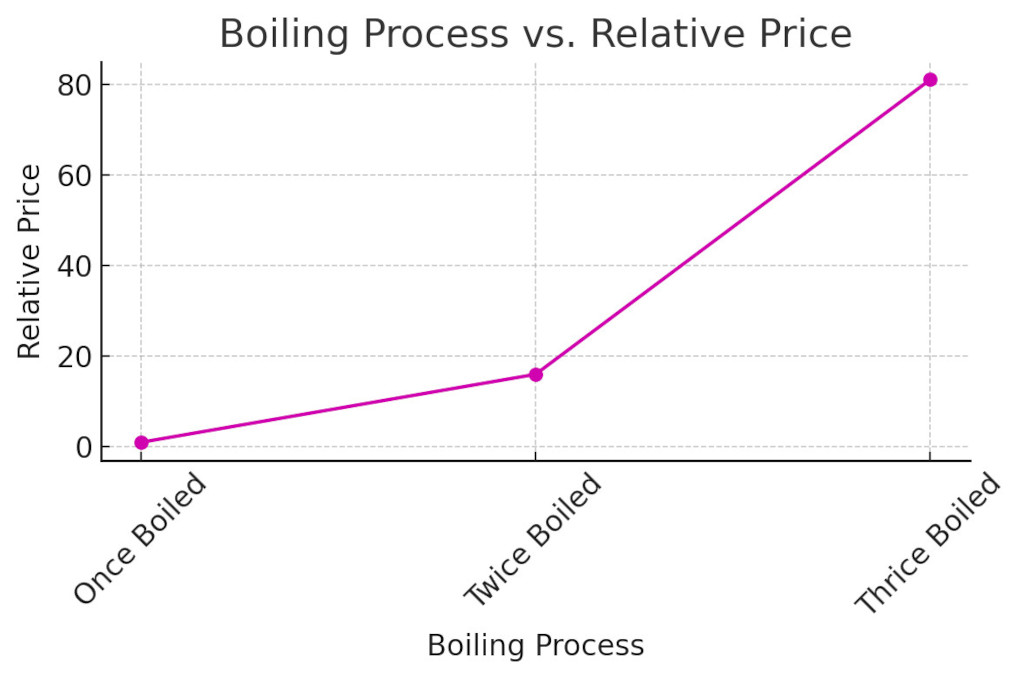
6. Generally, exported bristles are boiled twice, but higher quality requires three boils. Three boils improve straightness over two boils, which is better than a single boil, often referred to as "false boiling." Boiling removes pig bristle's sebum and anthrax bacilli. The price is highest for thrice-boiled bristles. The straighter the bristles, the less likely they are to deform and the longer they can be used.







 Subscribe
Subscribe